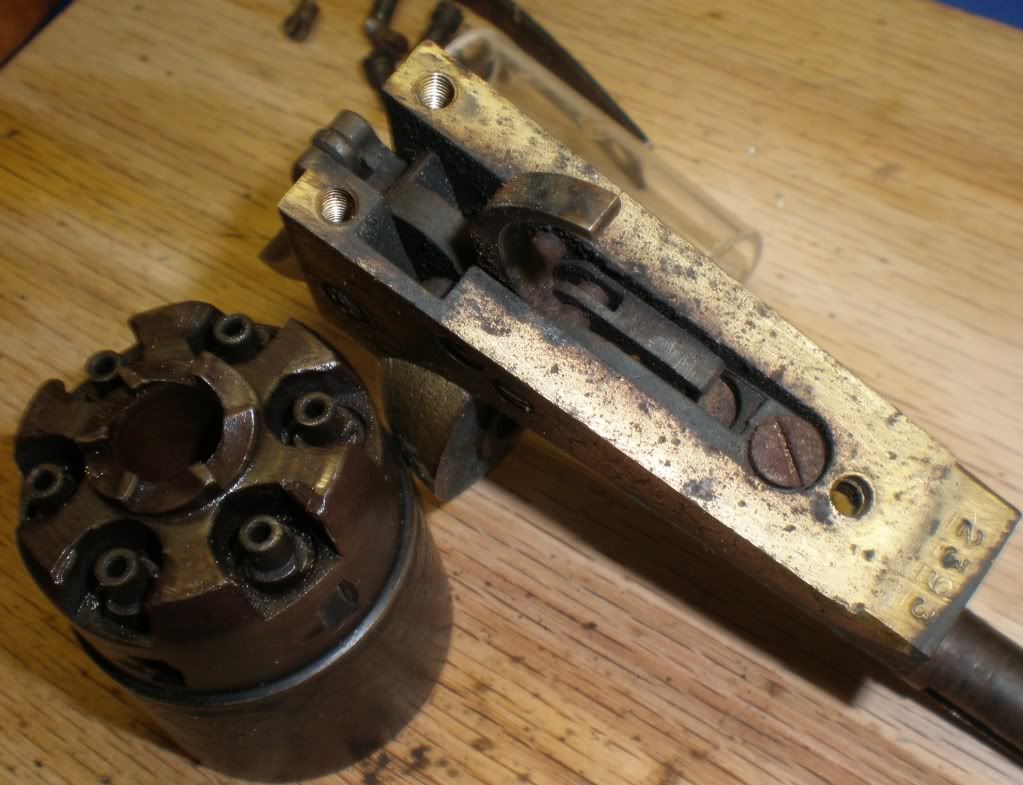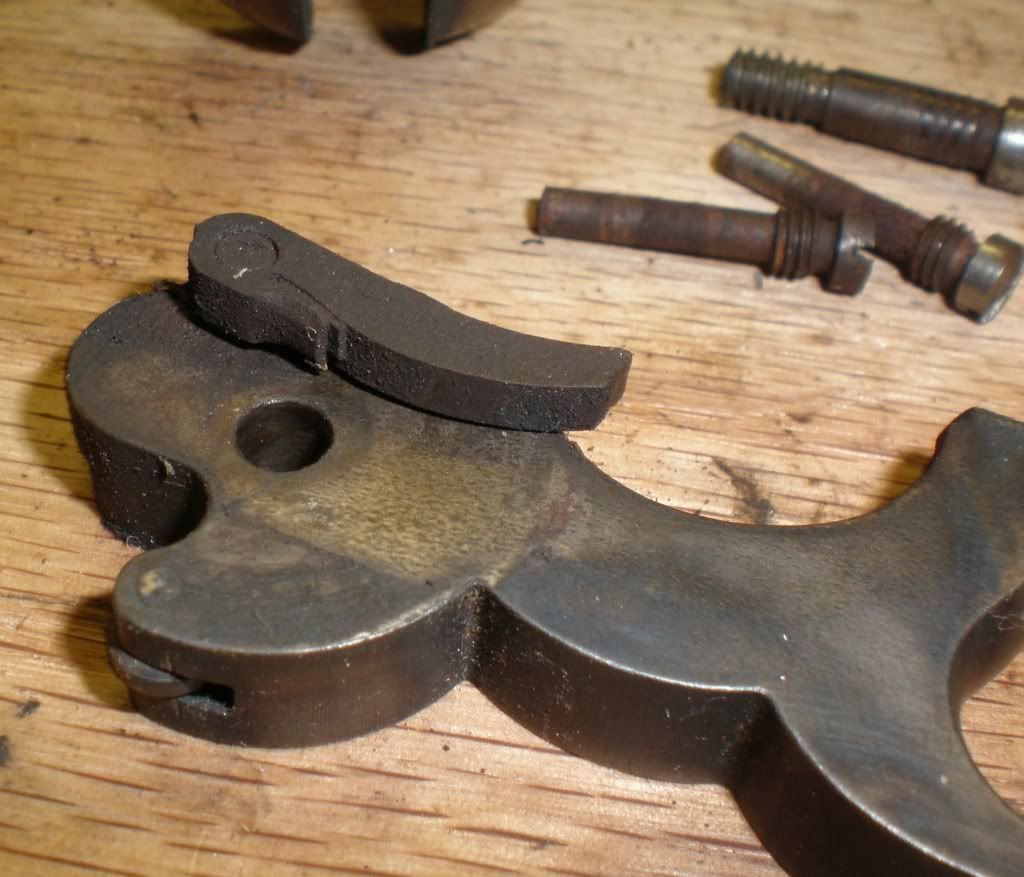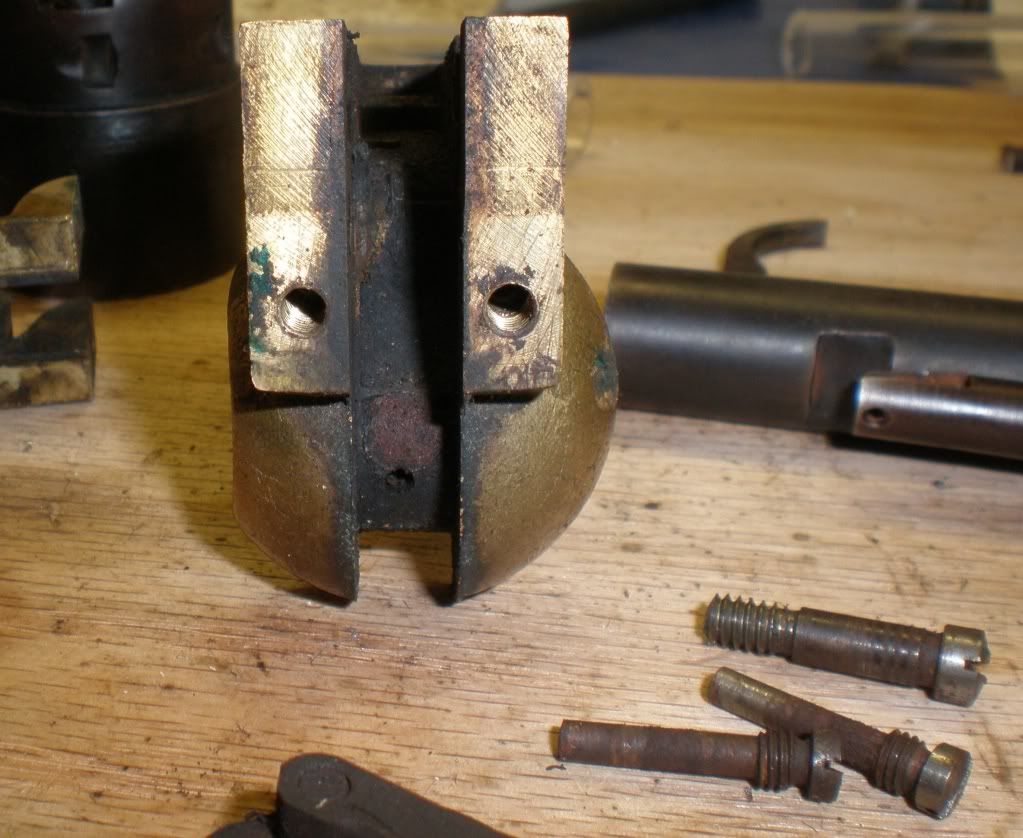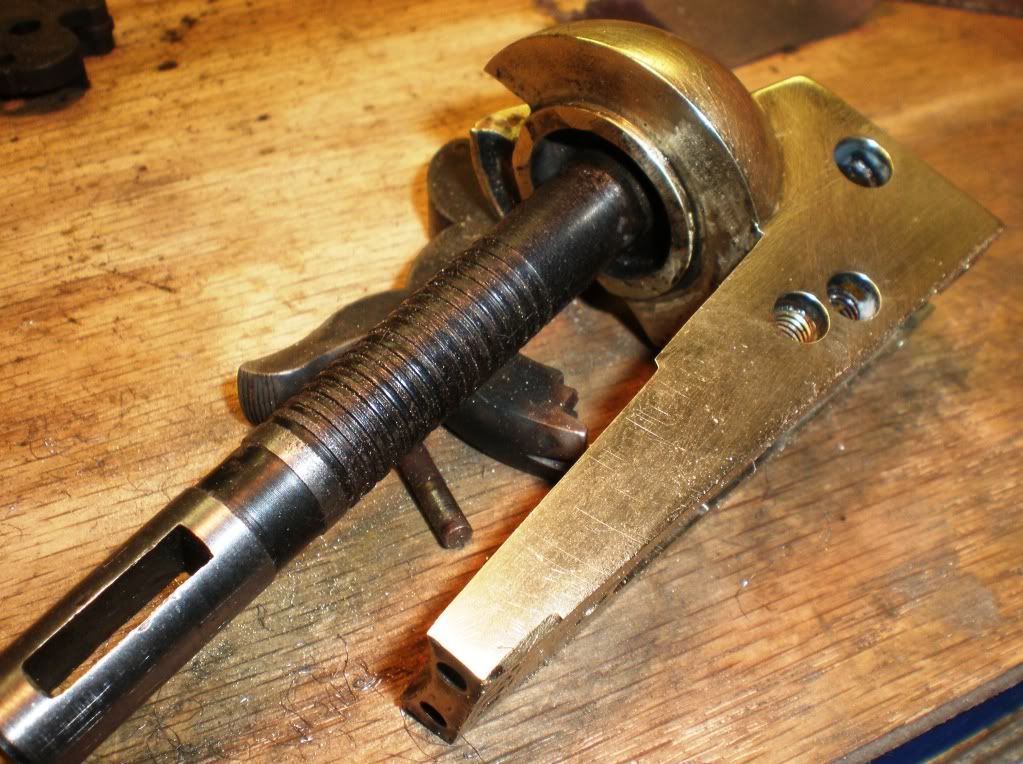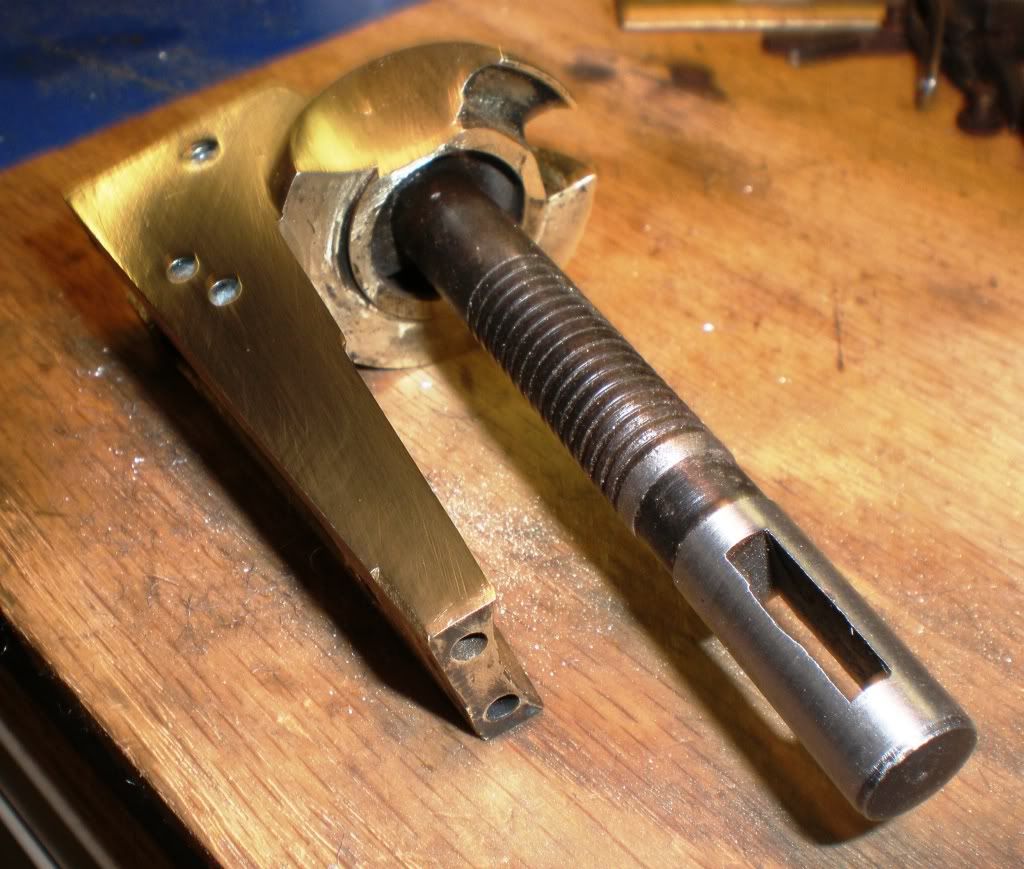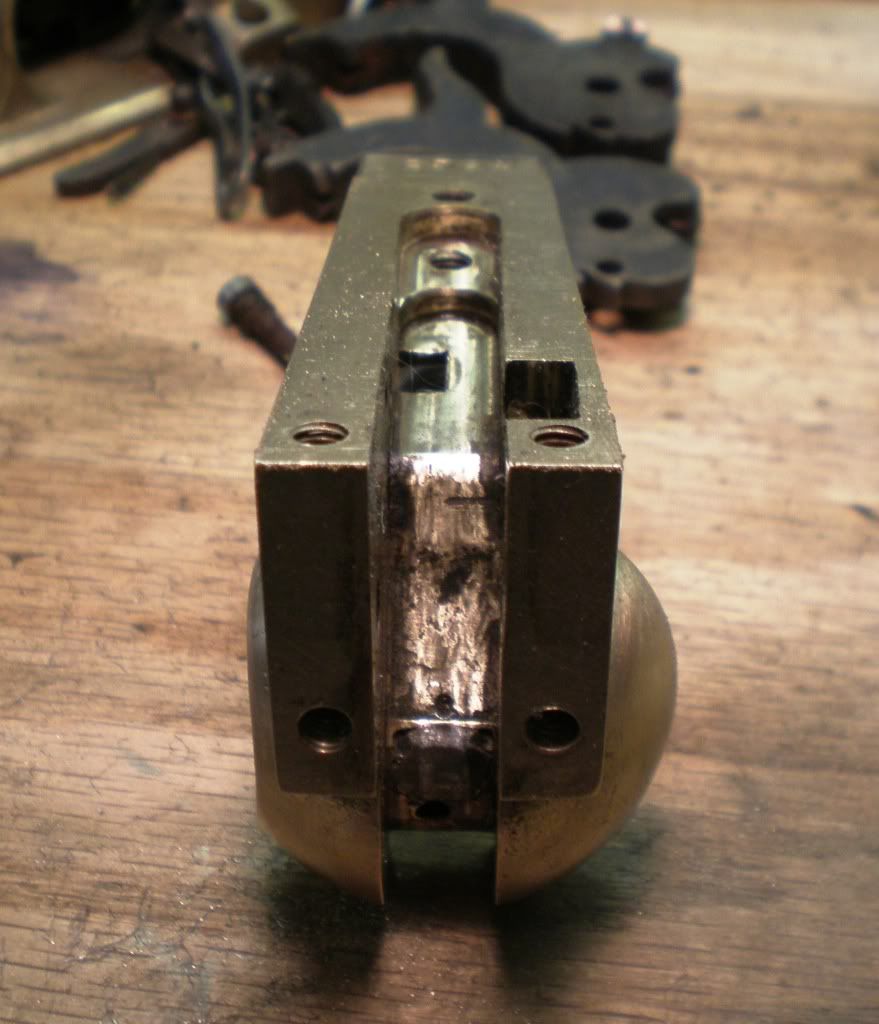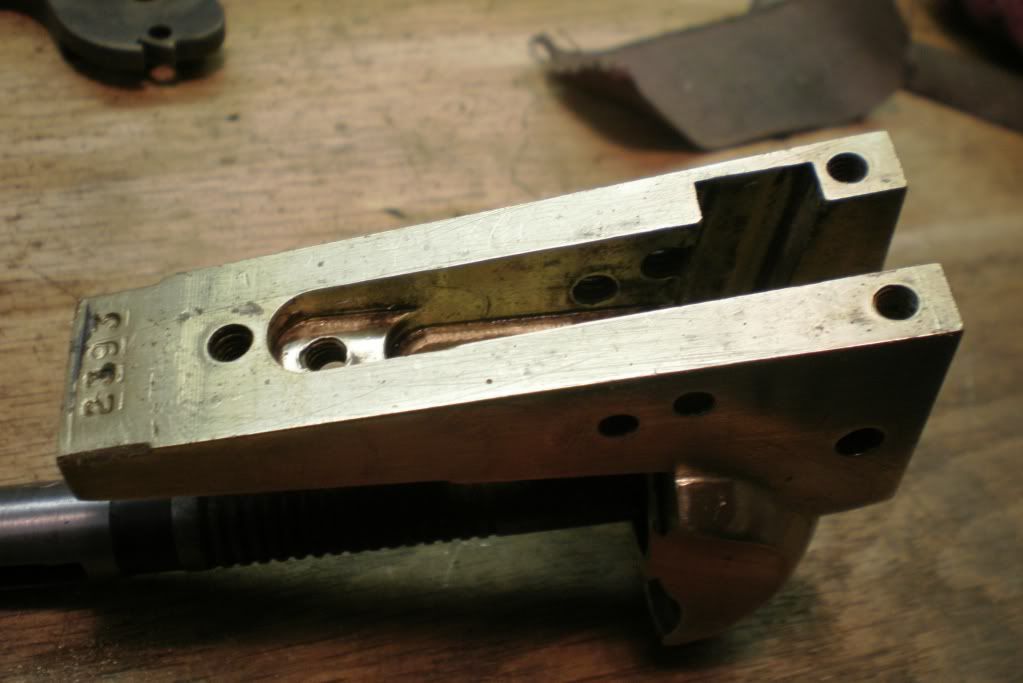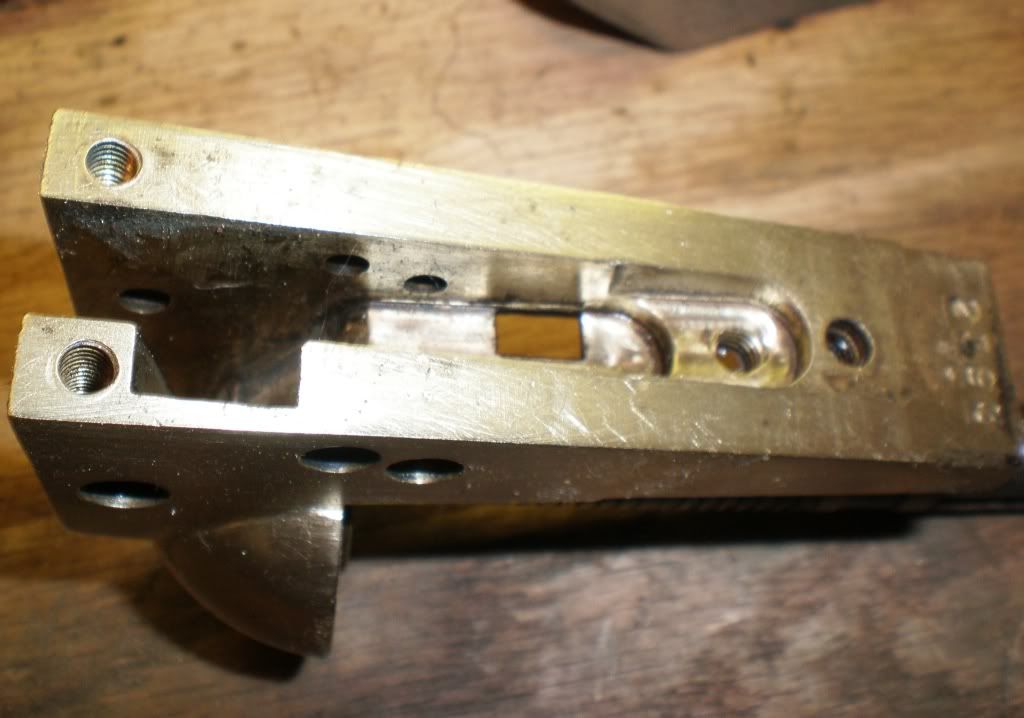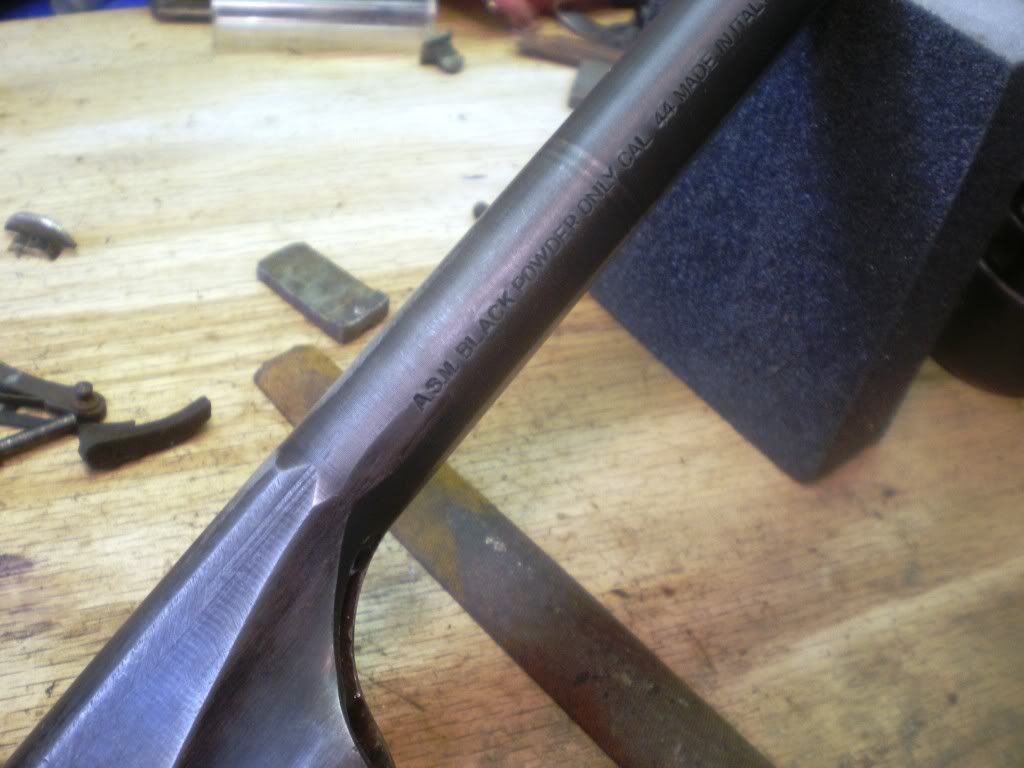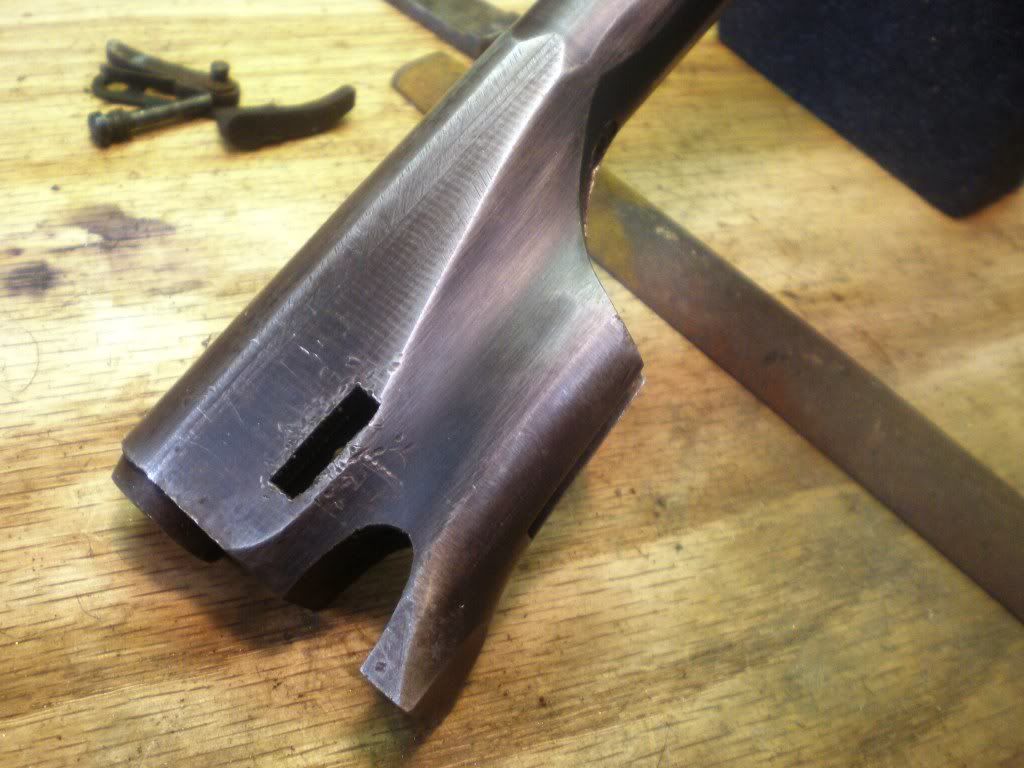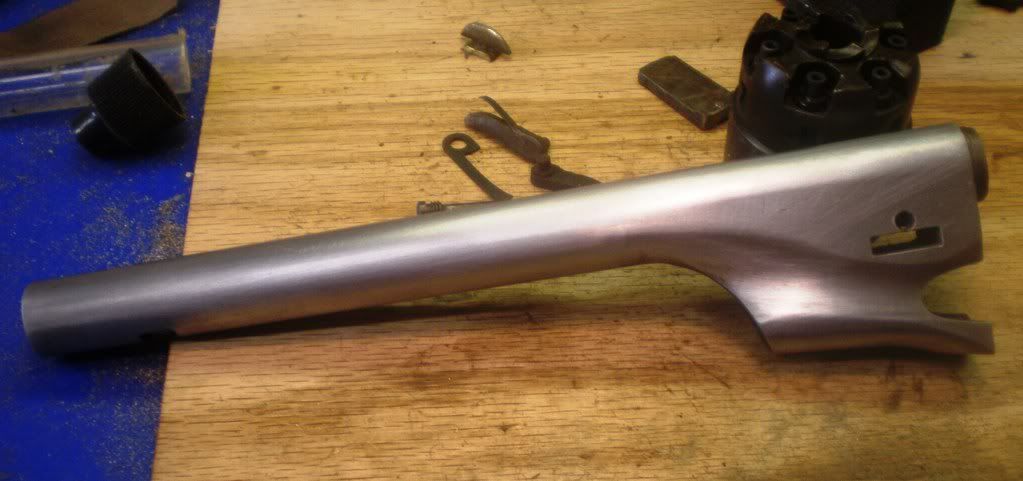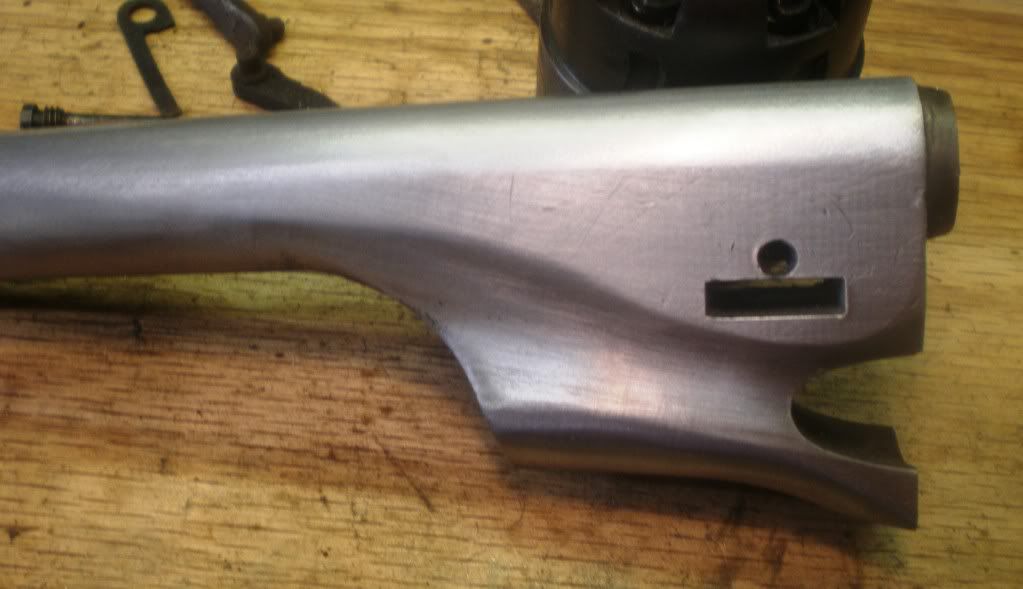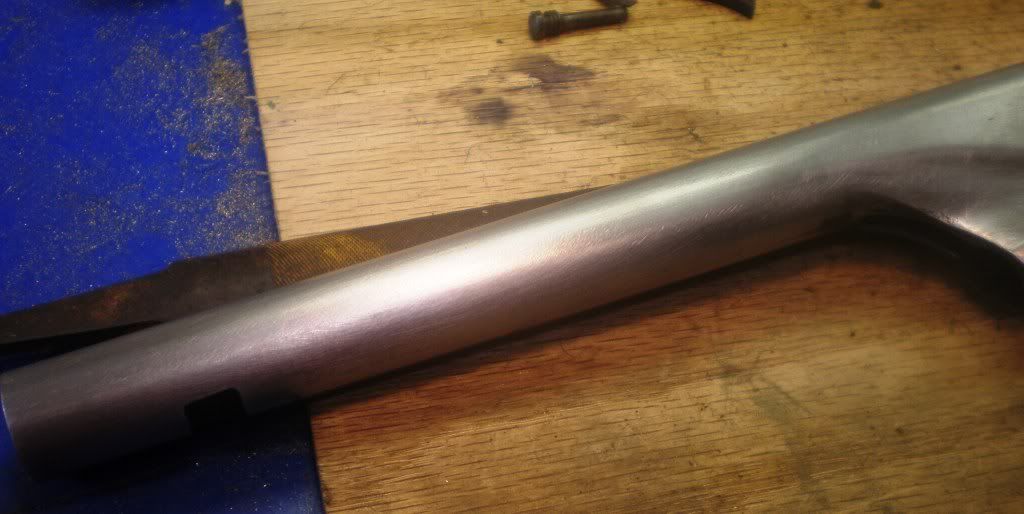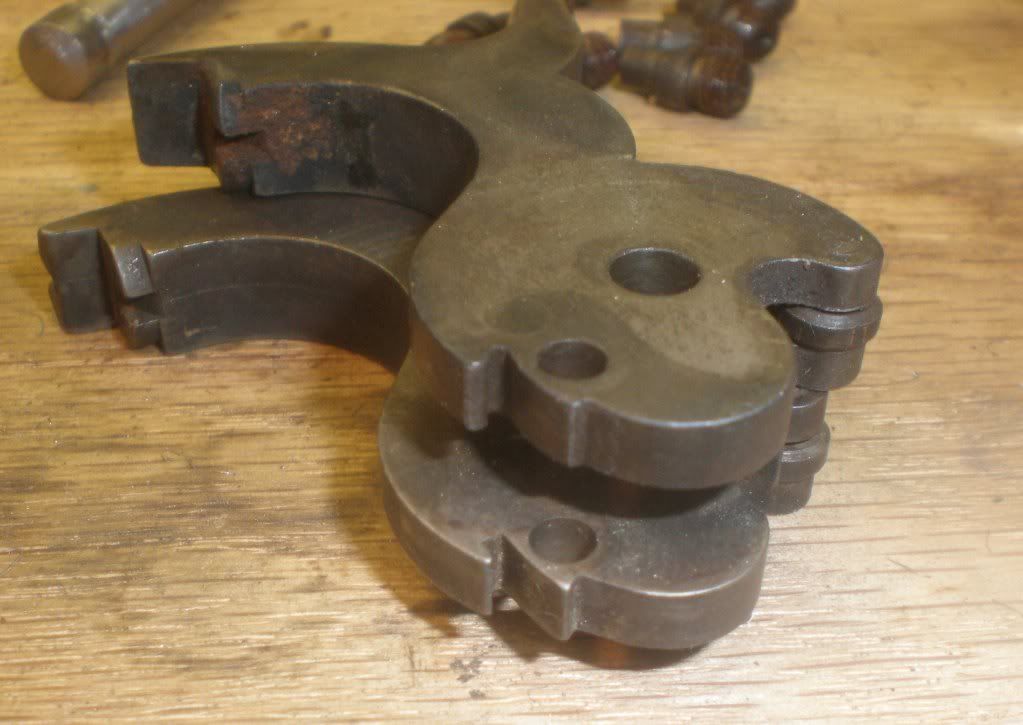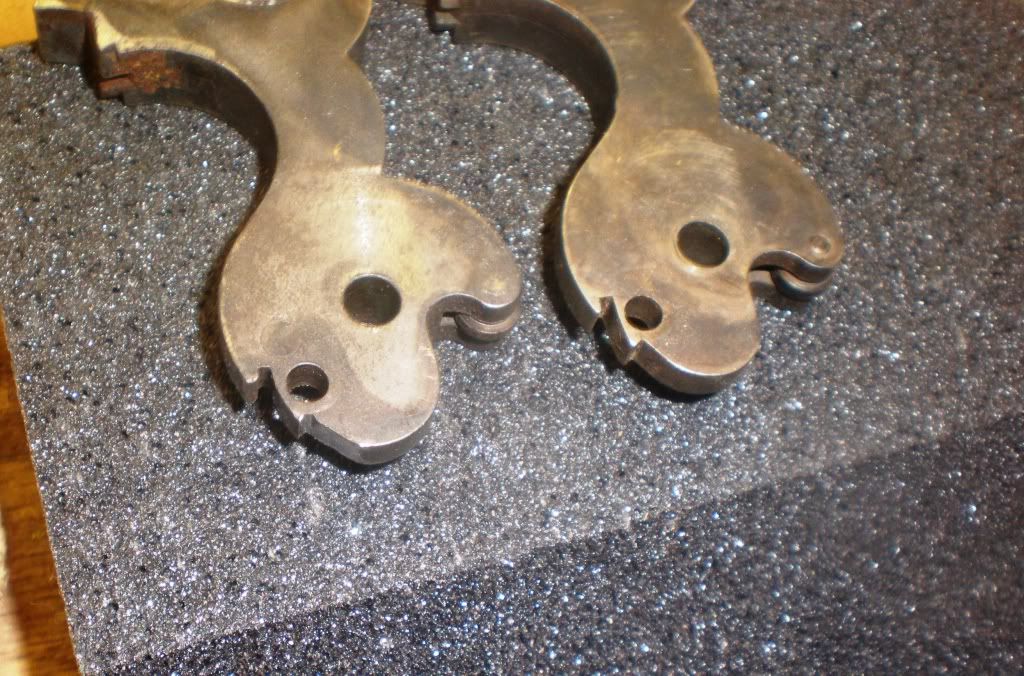Thanks for the responses..
Dr.Law....interesting to know how the spring broke and also a valid point on letting the revolver go without spending all of the money for repairs.
I absolutely can not remember what manufacturer was responsible for the pistols I had when I first started out but they were all kits purchased through Shotgun News. EMF's advertisement was their in SN and it they were the lowest cost kits, then EMF kits is what I bought. I don't remember ever having trouble with any kit I bought. This was early seventies.
For Slowhand,
You have also presented a worthwhile position. Kindness alone compels one to allow that there was a valid reason for the treatment this pistol underwent. In point of fact I just picked up a G&G clone which has some obvious internal problems and very little lubrication appears to have been applied to this pistol too. More on that one in another thread.
Dr.Law....interesting to know how the spring broke and also a valid point on letting the revolver go without spending all of the money for repairs.
I absolutely can not remember what manufacturer was responsible for the pistols I had when I first started out but they were all kits purchased through Shotgun News. EMF's advertisement was their in SN and it they were the lowest cost kits, then EMF kits is what I bought. I don't remember ever having trouble with any kit I bought. This was early seventies.
For Slowhand,
You have also presented a worthwhile position. Kindness alone compels one to allow that there was a valid reason for the treatment this pistol underwent. In point of fact I just picked up a G&G clone which has some obvious internal problems and very little lubrication appears to have been applied to this pistol too. More on that one in another thread.

